The diverse culture of India is well-known, however, there are many things that make Incredible India. India is a land of diverse languages, caste, religion, cultures, etc., but do you know what makes it incredible? I’m sure everybody knows almost everything on this listicle down. It sounds like two contradicting statements but that what we Indians do, we make sure everyone knows what India really is. It sure is something that we’re all proud of!
Top 15 Reasons Why India Is Called Incredible India
1. Namaste
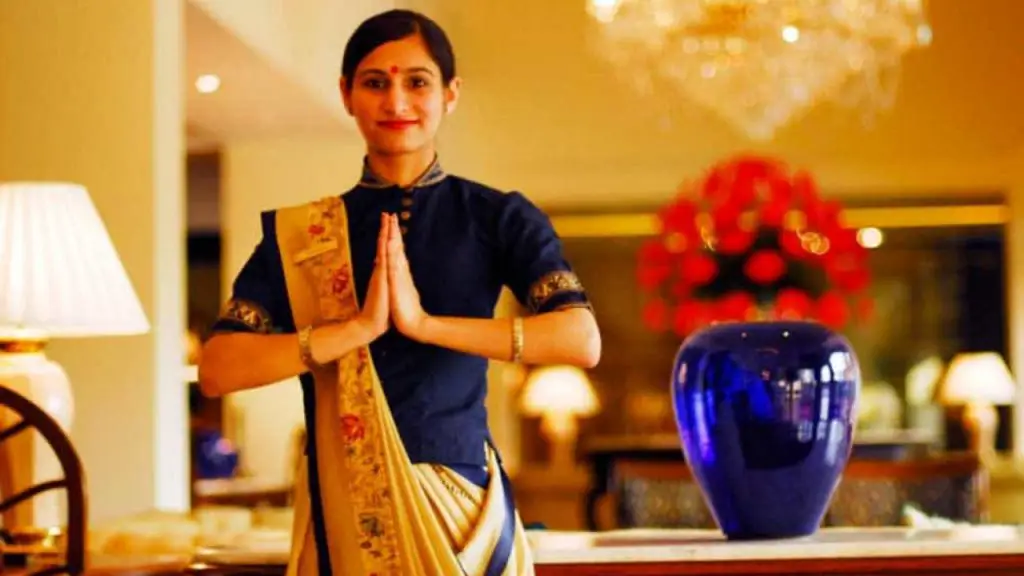
Namaste comes from two Sanskrit words “namas” and “te“. ‘Namas’ means ‘bow’, ‘obeisance’, ‘adorations’, and ‘salutation’, and ‘te’ means ‘to you’.The literal meaning is bowing to you. Namaste can be spoken as Namaskar or Namaskaram. This is often used to greet people. It is used out of respect and shows how polite or humble you are in nature. It is also a part of various dance forms and you can commonly see this posture used in various Yoga forms. Not only India but the word Namaste is also used by southeastern countries like Nepal, Bangladesh, etc.
2. The Holy Cow
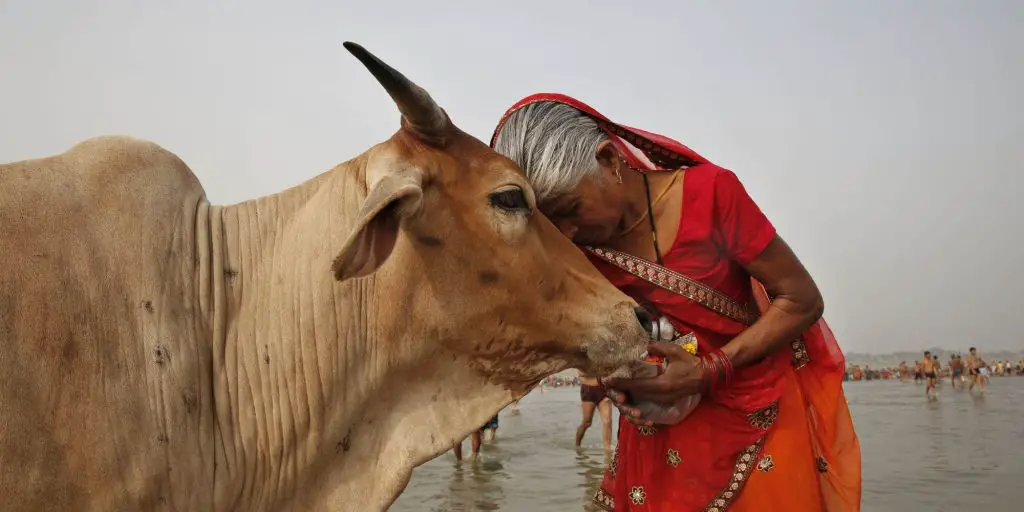
In Hinduism, a cow is considered a sacred animal, given the status of a goddess or a mother. Here’s a small history lesson: Lord Krishna, also known by the name of ‘Govinda’ or ‘Gopala’, which translates to the protector of the cow. Lord Krishna is known for playing his flute amongst the cows with Gopis dancing to his wonderful tunes. Additionally, cow dung is an energy-efficient source of fuel, especially in rural India. The Cow is also a source of milk to its calf and to the humans, with multiple health benefits. Many religious people feed a cow on a daily basis or even make generous donations for the cow shelters. In many states of India, cow meat is banned and consuming it is equal to sin.
3. Atithi Devo Bhava
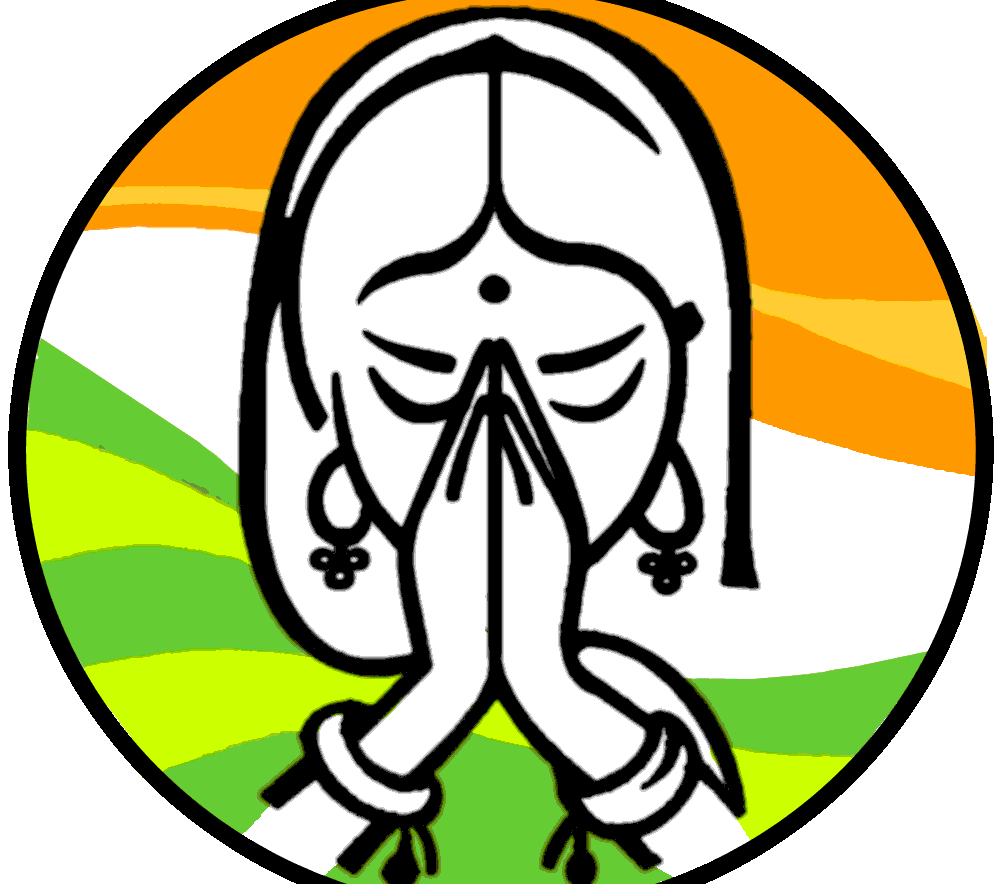
‘Atithi Devo Bhava’ means that the guest is treated as God. Indians consider every guest as God and treat them with great hospitality and respect. We make sure to look after their needs and provide them with the utmost care. It is the code of conduct for Indian society to follow this. It just comes out voluntarily.
4. Indian Ethnic Wear

Women in India are mostly seen wearing a saree, which is a long cloth that doesn’t need stitching and is easy and comfortable to wear. The tradition of wearing a saree goes way back. In India, the type of saree varies from region to region and also the style of draping a saree differs in each state. The cloth also ranges from pure cotton to silk etc. Men wear lungi/dhoti or go with the traditional kurta on auspicious occasions.
5. Indian Epics
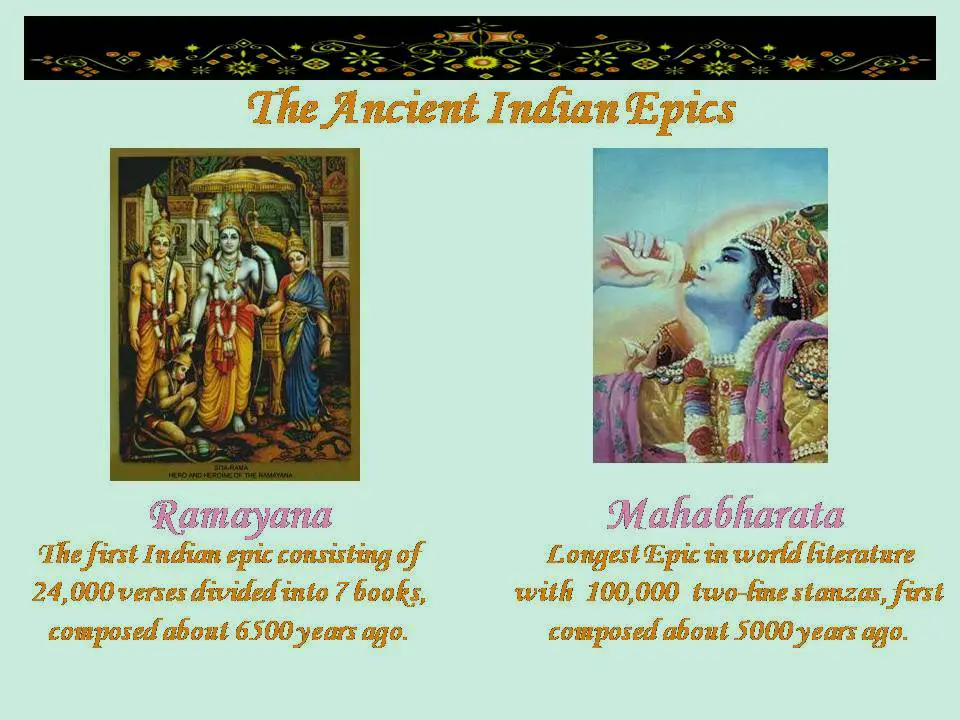
Mahabharta and Ramayana are the two most famous epics in Indian history. They are written in forms of poems, journals, self-help guides, etc. Mahabharata is the longest poem written in Sanskrit by Ved Vyasa. Both epics show human values, ethics, loyalty, sacrifice, truth, and honesty.
6. Joint Families
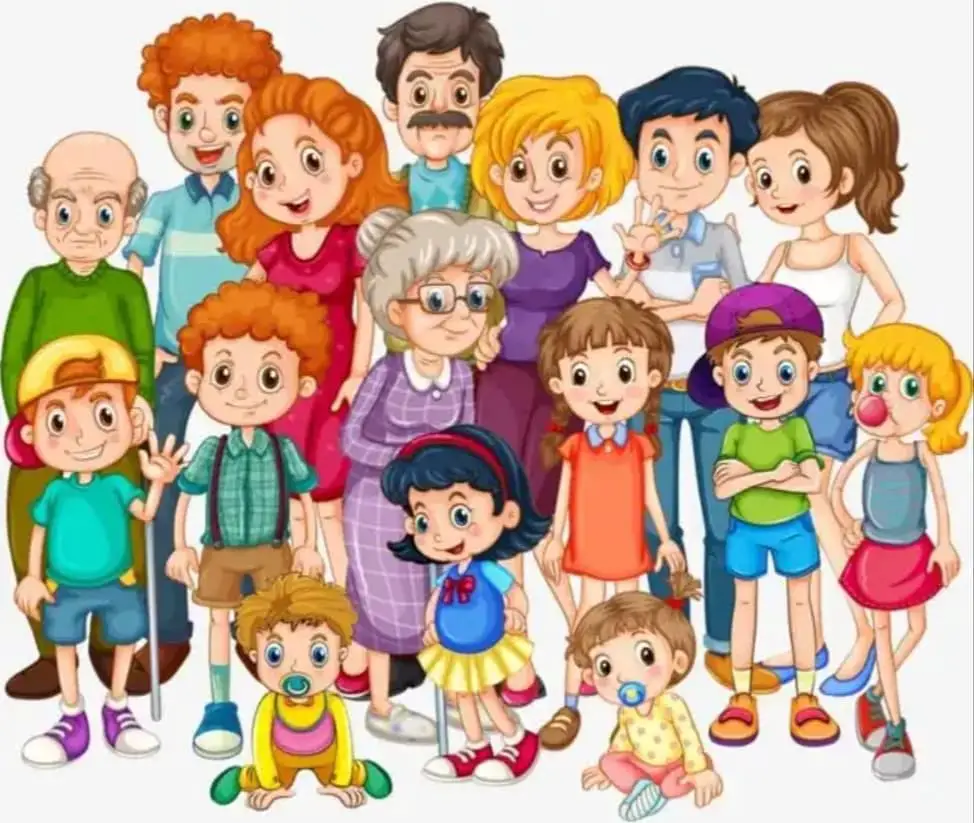
Indians are very close to their family members and like to stay in joint families. They constantly have each other’s support and help in case of emergencies. It also helps to reduce the family pressure on one person by sharing responsibilities. In general, a child is pampered as well as taught proper values on how to be mundane. Two or three generations living under the same roof used to be a normal thing, but the things are changing gradually. The joint family system helps a child to grow with certain values and etiquettes.
7. Arranged Marriage Systems
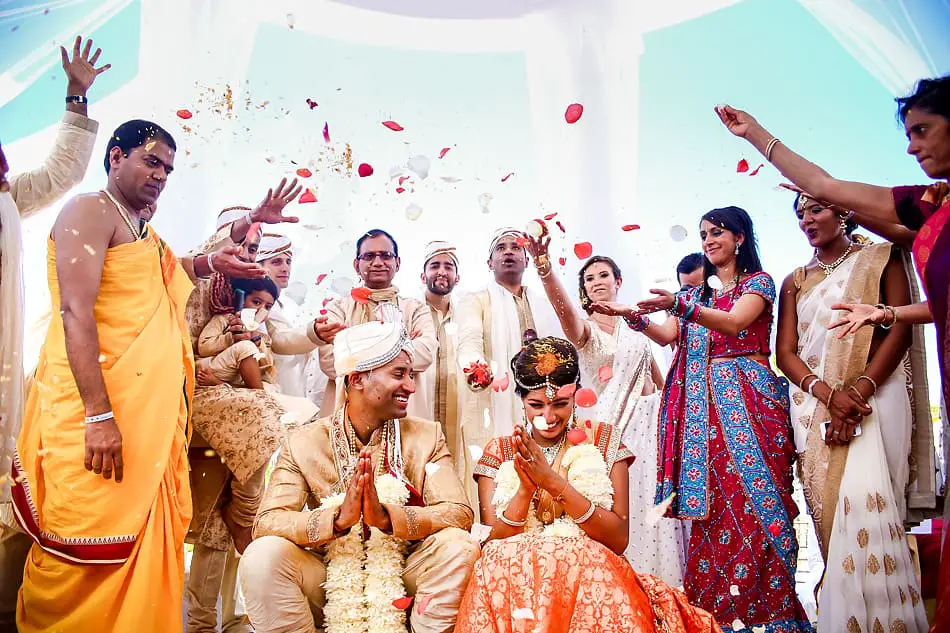
The concept of arranged marriages can be traced back to the Vedic periods. The royal families back then conducted ‘swayamvars’ for their daughters, and the chosen one would inherit the kingdom along. Suitors from all over the kingdom and the surrounding kingdoms would come and compete to win the bride’s heart. This practice still continues in India. Parents choose a few suitable persons and then it’s up to the bride/groom to choose their suitable match.
Read also – Top 15 Most Expensive Bikes In The World
8. Indian Food
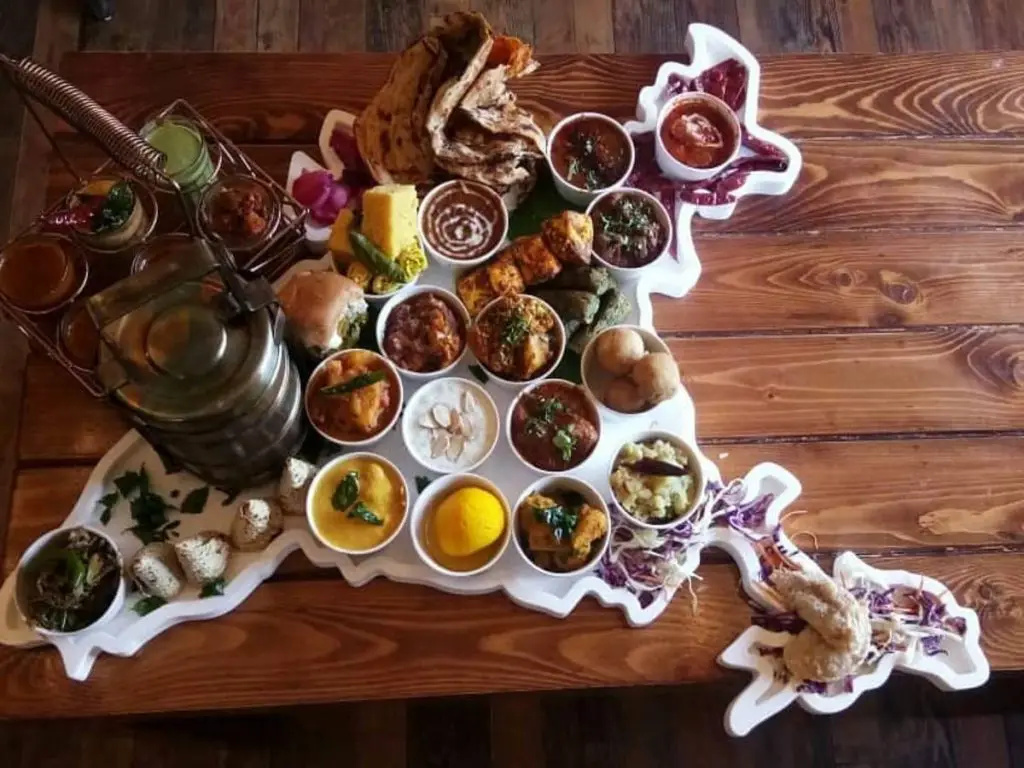
Indian Food varies from state to state. The spices used and the staple diet of each region differs as some people belonging to a particular region prefer to eat the rice rather than chappati or vice versa. Spicy food is appreciated in some regions like the Malvan/Kolhapuri region while some regions are famous for their seafood like the coastal regions. Every region has a signature dish or ingredient it is renowned for.
9. Always A Festive Season
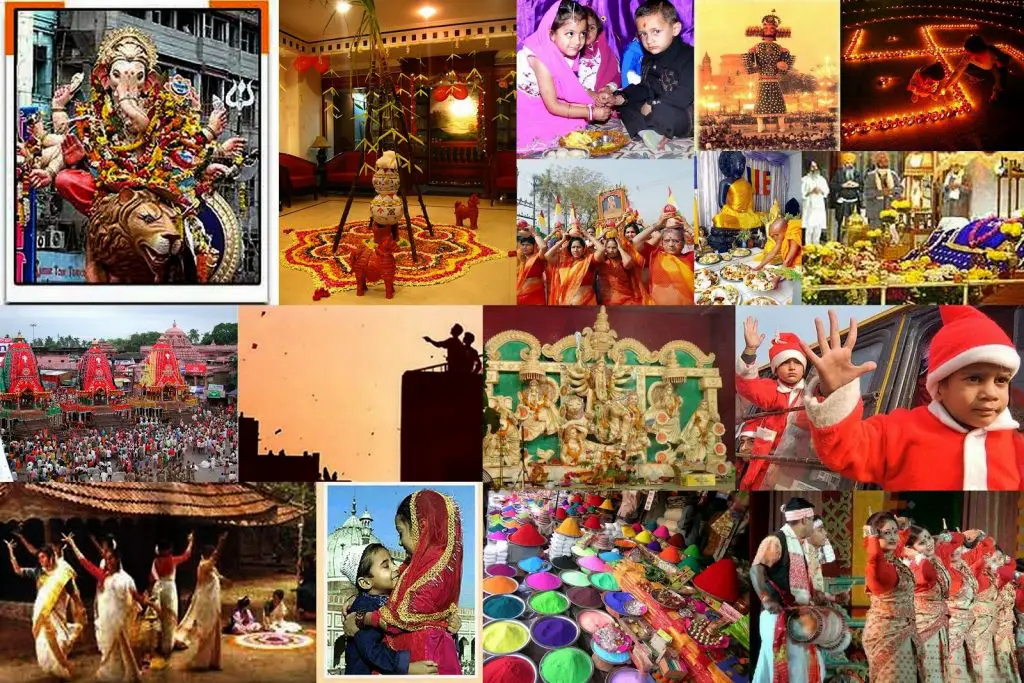
India is a diverse country where each and every festival is celebrated, with plenty of holidays as a bonus. Holi, the festivals of colors, and Diwali, the festival of lights, Durga Puja in Kolkata, Ganesh Chaturthi in Maharashtra, Onam and Pongal, the festivals can be national or local, the list goes on. Not only it includes the grand celebration of the festival but also hosts varieties of sports such as boat races, kite flying, etc. Many celebrate these festivals together in offices or in schools and colleges when they are far from home or just to create a bond or a good environment.
10. Mehendi
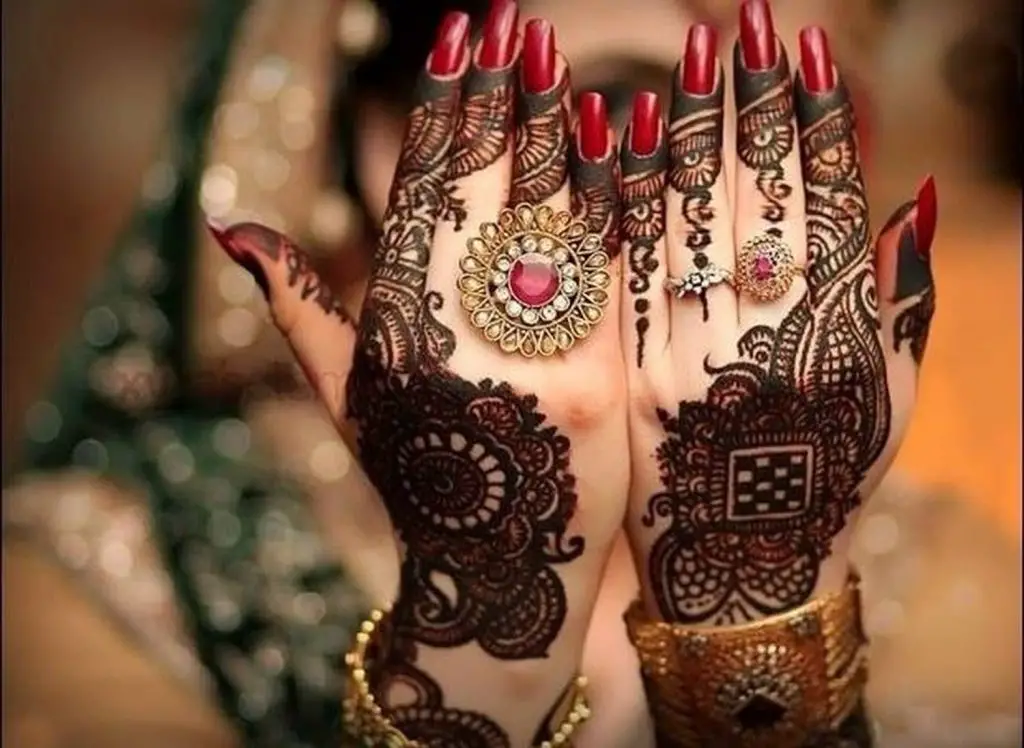
In the modern world, what we call a temporary tattoo is actually the oldest form of body art. Mehendi is a Hindi and Arabic word derived from a Sanskrit ‘mendhika’, which referred to the henna plant. Before Vedic ages, henna was used as a cosmetic and is still used to dye hair or beard etc. The use of henna is considered auspicious in many cultures, especially by the Hindus, who consider it a part of the customary 16 adornments or Solah Shringaar. A special Mehendi ceremony is conducted where the bride applies Mehendi on her hands as customary pre-wedding rituals.
11. Fasting
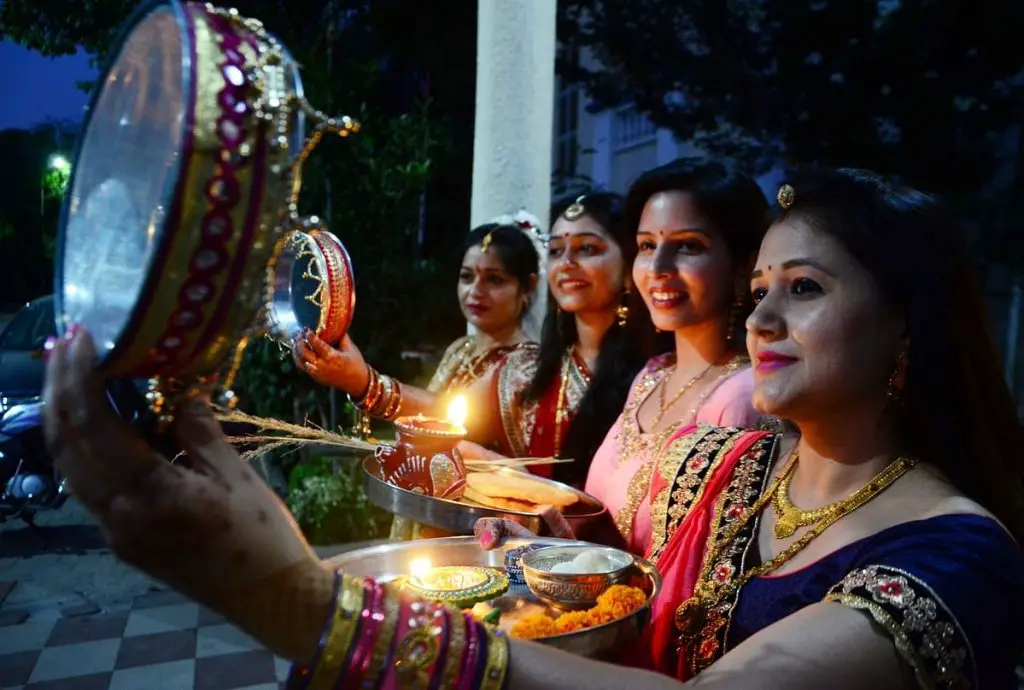
Traditionally, Fasts (Vrats or Upvas) are a display of your sincerity and resolutory spirit or to express your gratitude to the Gods and Goddesses. Many people fast on different occasions and on certain days of the week devoted to a particular god/goddess. Some stay on fruits or eat before sunrise, while some drink only water for 24 hours. It is believed that fasting is done so that the sins are washed away or it is to respect that particular god. It is also to give one’s stomach some rest. Women belonging to the northern part of India celebrate Karva Chaut, a fast kept by married women for their husband’s long life.
12. Different New Years For Each Caste
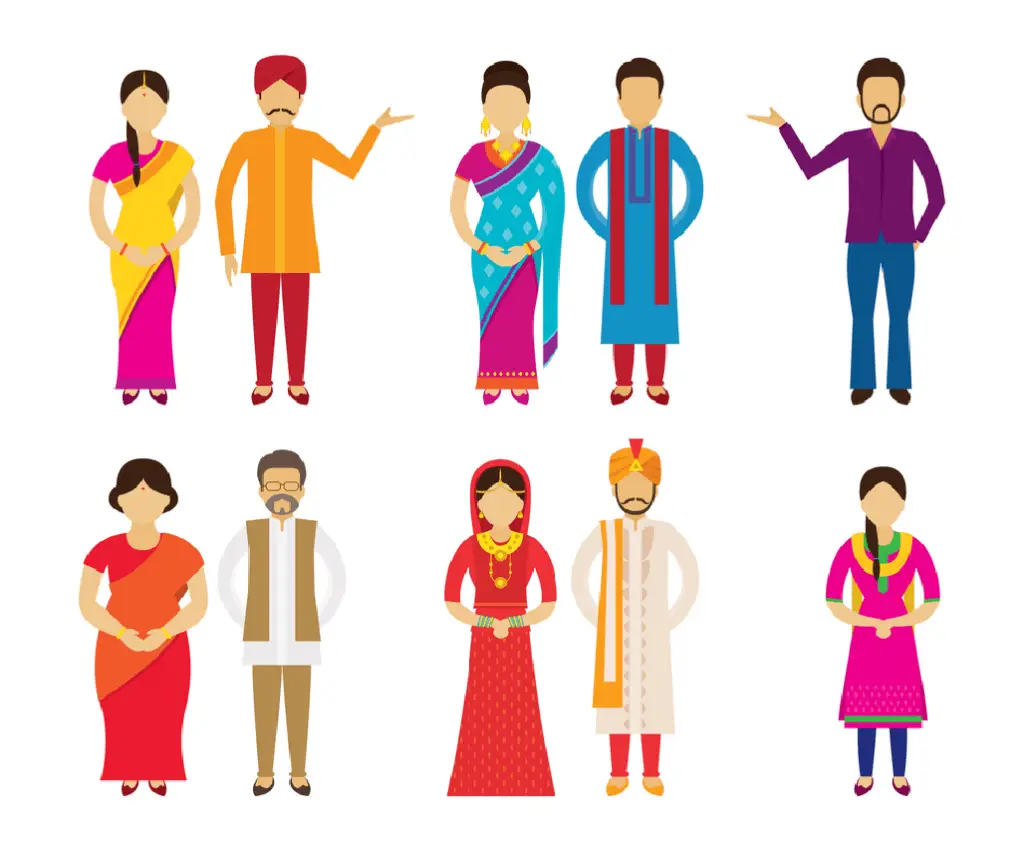
According to traditions, the world celebrates New Year’s on 1st January every year. Indians have their new years according to their religions/castes. Most of these new years are celebrated according to the Hindu calendar. For example:
- Ugadi – Telugu New Year
- Baisakhi – Punjabi New Year
- Pohela Boishakh – Bengali New Year
- Gudi Padwa – Marathi New Year
- Losoong – Sikkimese New Year
- Puthandu – Tamil New Year
- Bestu Varas – Gujarati New Year
- Hijri – Islamic New Year
- Bohag Bihu – Assamese New Year
- Vishu – Malayalam New Year
13. The Concept Of Eating With Hands
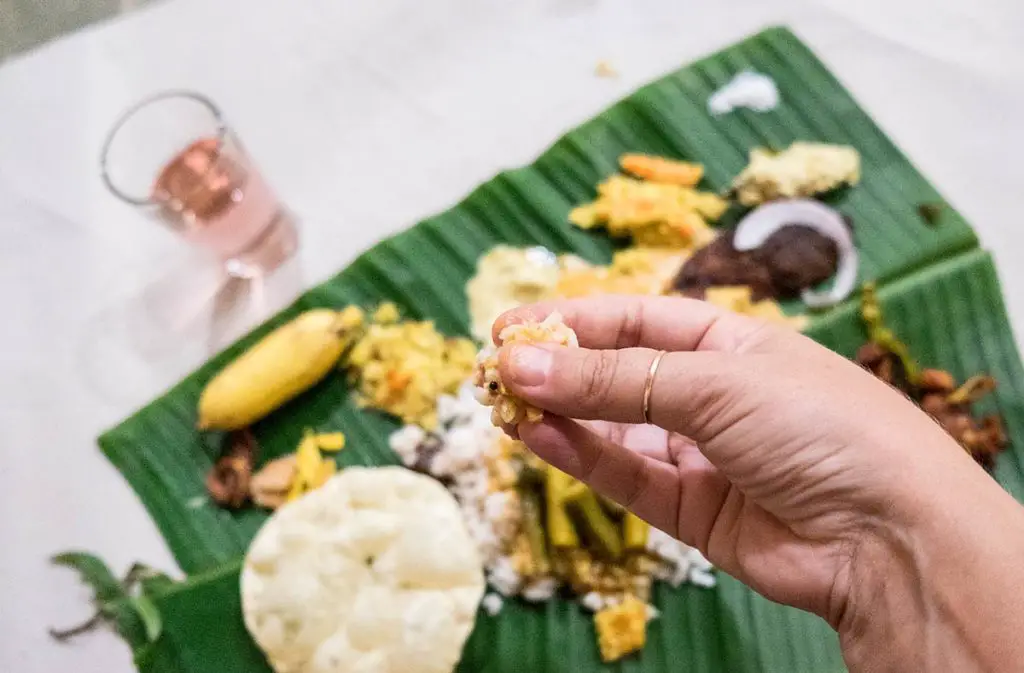
This practice is seen traditionally in India for a long time, and all over India. There are numerous benefits of eating food with hands. It’s hygienic when you wash your hands with soap. Benefits are as follows:
- Check the temperature before eating the food.
- You tend to eat slower when you eat with hands — this aids in digestion.
- Eating with your hands helps increase blood circulation.
- Exercise for your hands.
14. Languages
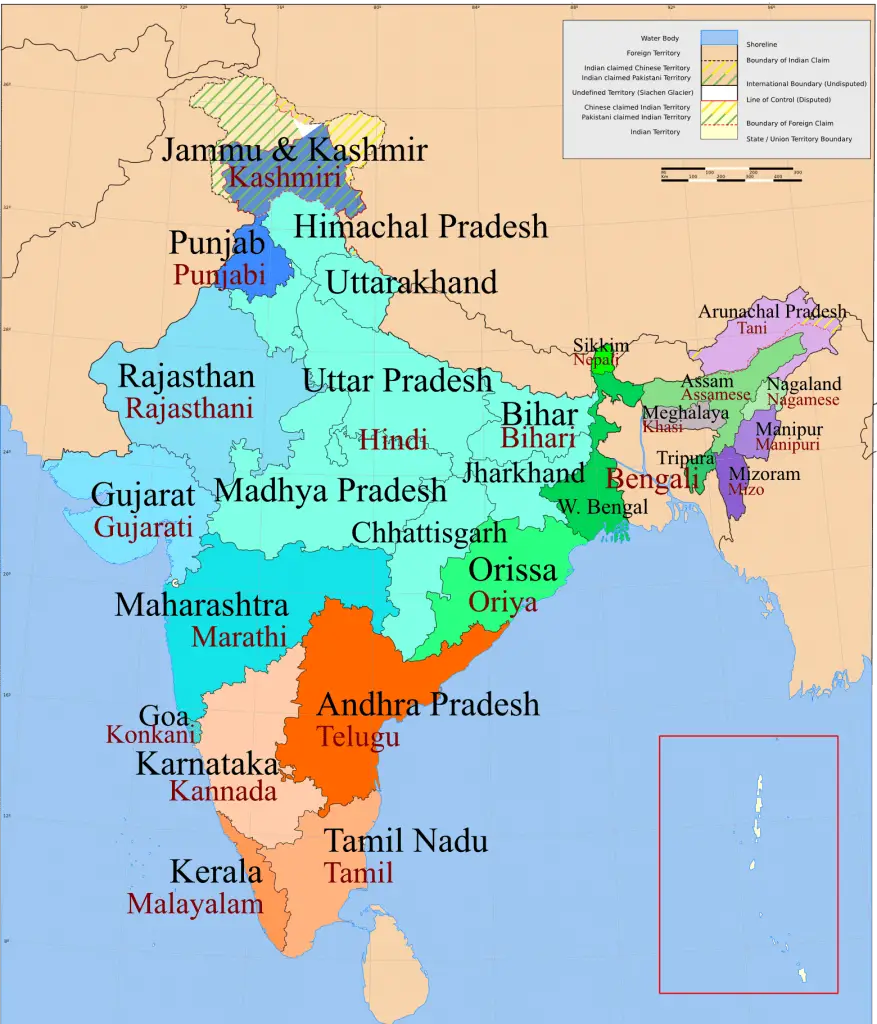
Hindi is the official language of India. There are twenty-two languages recognized by the constitution of India. But around 400 dialects and languages are still yet to be recognized. Many languages are also endangered due to very few surviving speakers. The accent also varies from region to region. The accent of a particular language or rather the way that person speaks could be used to recognize from which part of the state he belongs to.
15. Yoga

Yoga is associated with the rich heritage and the great ancient culture of India. Yoga means ‘to unite’ in Sanskrit and describes a way to live healthily. Yoga teaches discipline through meditation and helps to stay focused and calm our bodies. India is the land where Yoga was first recognized and propagated to other parts of the world.
Read also – Top 15 Ways to Beating the Boredom at Home